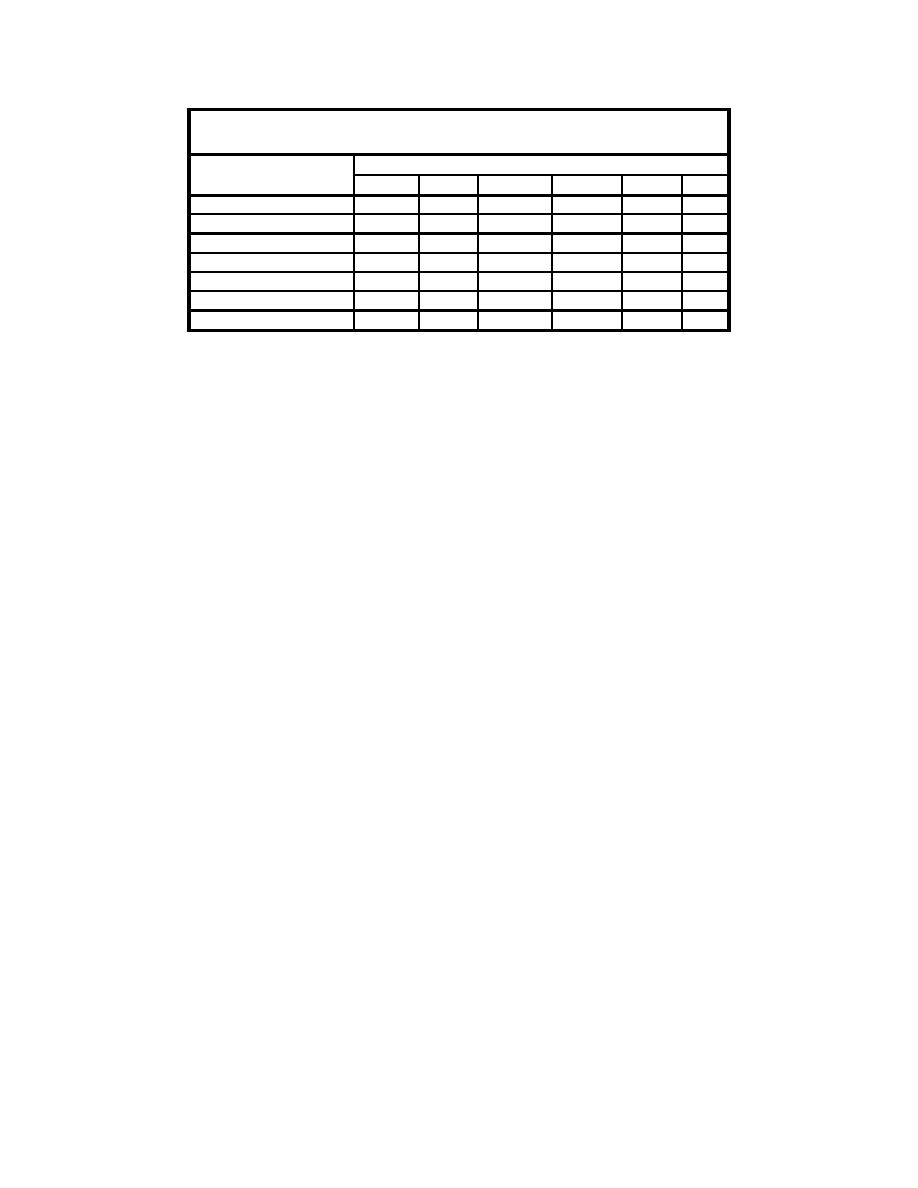 |
||
|
|
||
|
Page Title:
10.1 Operational Management Actions |
||
| |||||||||||||||
|
|
 Table 10-1
Applicability of Various Management Actions to CDF Pathways
Applicability to Pathways
Management Actions
Effluent
Runoff
Leachate
Volatiles
Animal
Plant
Operational controls
~
~
~
~
Selective placement
~
~
~
~
~
Surface covers
~
~
~
~
~
Lateral barrier systems
~
Bottom and side liners
~
Treatment of discharges
~
~
~
Sediment treatment
~
~
~
~
~
10.1 Operational Management Actions
If the CDF cannot be sized to provide sufficient clarification of effluent to
meet applicable suspended solids/turbidity standards, control and treatment
measures can be considered. Since a large portion of the total concentration of
contaminants in effluents is associated with the suspended solids, reduction in the
suspended solids also serves to control contaminant releases. Suspended solids
removal therefore offers the greatest benefits in improving effluent quality not
only by reducing turbidity but also by removing particulate-associated
contaminants. Effluent quality may be improved by:
Use of a smaller dredge with reduced inflow rate.
Providing increased ponded area and depth of the CDF.
Relocation of the inflow and effluent discharge points.
Treatment or filtration of effluent to reduce the concentration of
suspended solids and associated contaminants in the effluent.
Treatment of effluent to remove dissolved contaminants.
Simply increasing the ponding depth will increase retention time in the pond
for a given inflow rate. Restricting the inflow rate or consideration of intermittent
pumping will also increase retention time. Relocation of inflow and weir
locations may also increase the hydraulic settling efficiency of the site. Although
these management actions are easy to implement, they will influence the
production rate and may increase costs.
Site operations can also be used to manage CDFs to reduce the exposure of
material through the surface water, volatilization, and leachate pathways.
Management actions may include management of the water ponded in the CDF
during and after disposal operations. Mobilization of contaminants from dredged
material depends on the oxidation state of the solids. Most metals are much less
mobile when maintained in an anaerobic reduced condition. On the other hand,
aerobic sediments generally improve conditions for biodegradation of organic
contaminants. Aerobic sediments generally present the greatest potential for
10-2
Chapter 10
CDF Contaminant Management Actions
|
|
Privacy Statement - Press Release - Copyright Information. - Contact Us - Support Integrated Publishing |